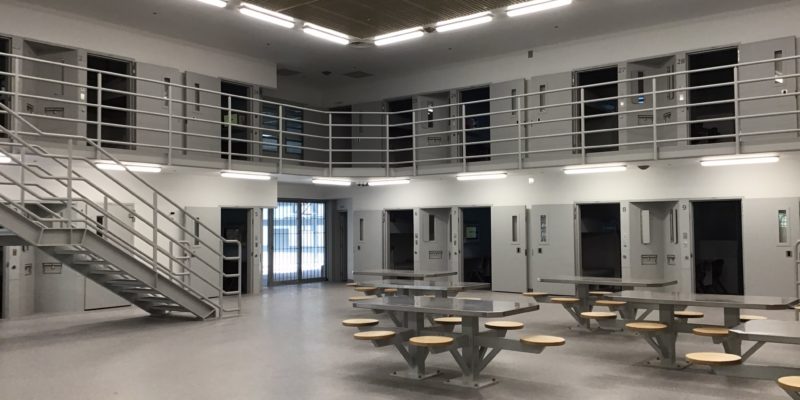At White Associates we often write about the significant – yet all-too often under-rated – value of strong project teams (see Graham’s comments on the Mt Eden Correctional Facility opening on time and on budget here).
Few projects we have worked on have proven the immense value of team cohesion more than the recent and successful completion of the c.$100m Mt Eden Corrections Facility (MECF): on time, within budget, and relationships enhanced across the board.
What factors underpinned the project’s success?
- ‘Well begun is half done’ is an oft-quoted phrase that in our world of cost management translates to starting a project with correct estimates and budget allocations for the scheme of the design. Although this is often challenging to achieve in the current market, on MECF everyone began from the same starting point, with the same goal and direction to make things happen. This included the design and consultant teams – including WSP, Beca, Honeywell, us, and the Corrections project team itself – and the contractor, Leighs Construction.
- Very close communication. Occupying the same site office, the various teams were only separated by the foyer, which enabled anyone across the breadth of the team to walk into each other’s rooms to discuss and resolve any issues swiftly and efficiently. With clear communication, instruction became highly effective and decisions could be made and executed quickly. In turn, this enabled great:
- Teamwork – across the whole team of consultants and the contractor. Brett Zeiler of White Associates says: “If every job could have this level of input from people on site, able to have quick meetings, everything would go well. No other job I have been involved with has had this level of representation on site permanently. What it did was to speed up the response times for the contractor when raising an RFI – and for the consultant closing it out. To me that is what made the project: it took the wind out of waiting times.”
Overcoming challenges
Of course, even when things are set up well, projects still generate challenges to be overcome. On MECF they included:
- Market challenges – a booming construction sector created challenges to secure the right people and resources for the work through the project’s life. This had three elements:
-
- Procurement challenges – White Associates supported a thorough process that involved detailed up-front due diligence. This ensured the right contractor for the job to start with: with the right people in the team, the project could get going well
- Keeping people on the project throughout its 2.5 year life – It was very hard to keep subcontractors on this multi-year project, particularly on margins agreed three years before. Clear costing and reporting helped to manage this challenge, and detailed workflow planning over the life of the project ensured continuity of workflow and programme, which helped the project to keep people on the team and retain knowledge on site throughout.
- Financial – costs in this environment are high. We therefore checked and compared all construction costs to market value to provide cost advice to the client and contractor, and ensured that work costs were applicable to the work that was carried out on site.
- Challenging ground conditions – These were managed initially through seeking out alternative, more efficient solutions. We generated estimates on the alternatives and ran a thorough optioneering process that helped to create the selection of a strong solution. And, because the team working environment was so strong, we could get instructions through quickly. This meant we could anticipate costs so the client had the opportunity to explore alternatives before costs were locked in.
- A confined site, in a live prison – This creates unexpected challenges because the on-site team can only work within specific hours, meaning that any programme slippage is hard to recover as opportunities for working at night or over the weekend for example did not exist. Meticulous planning ensured that everyone did what they said they would do and when, and kept the programme on track.
Adding value:
We are proud to have been active participants in this project, working to add value through:
- Providing cost advice for the designers to see if there was any room for value engineering. For example, on the yard extension works, when the designers came through with options we advised as to which would offer best value for money, which contributed to saving an estimated $3 million on yard A alone.
- Suggesting ideas on specs and products, for example non-pick sealants. We measured carefully to get the amounts right, working closely with the contractor to do site measurements together and prevent any over-claims.
- Providing cost estimates for variations to make the client aware of how much additional activities would cost.
- The façade – at the time of tender there was an alternative façade tender that would have saved money, but going with the originally specified product we felt was a good decision: going for long-term quality over short-term savings.

